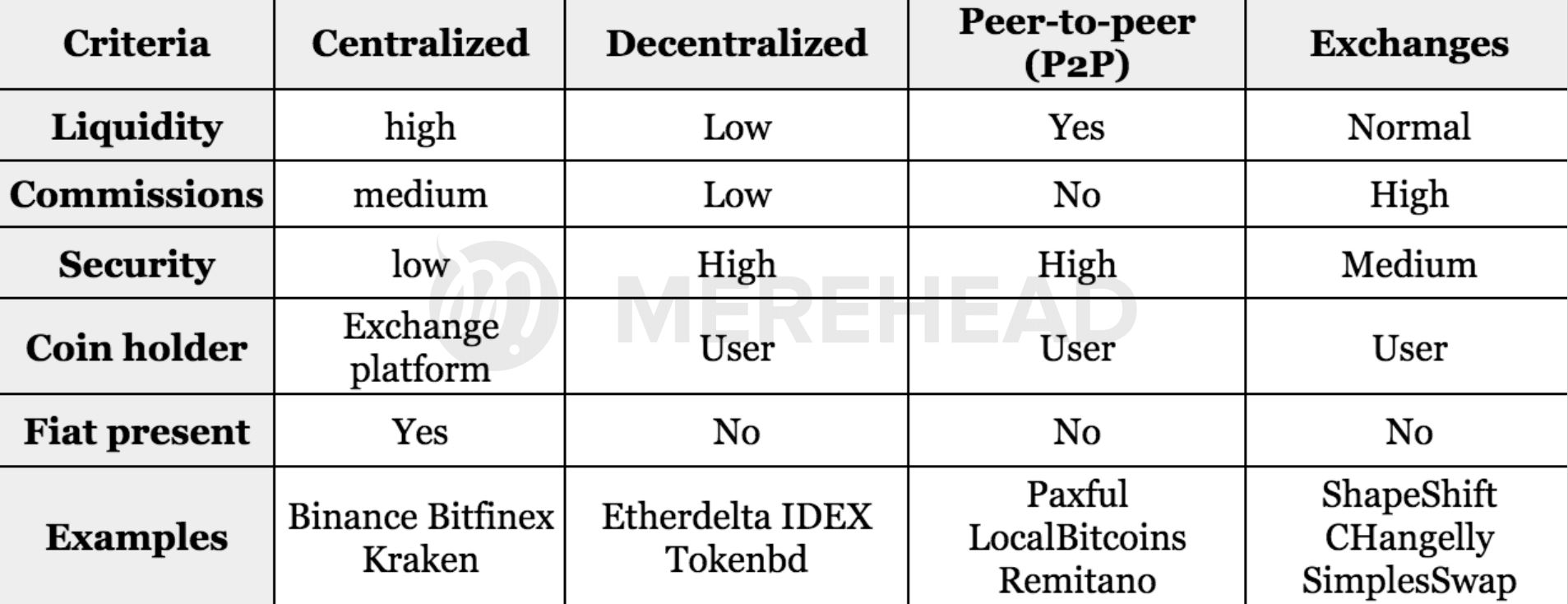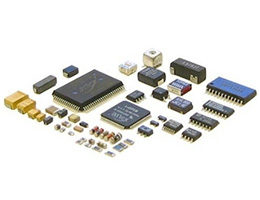Decentralized exchanges have gained popularity in recent years due to their transparency, security, and privacy features. A decentralized white label exchange, which allows businesses to launch their own branded exchange platform, offers a range of unique features that set it apart from traditional centralized exchanges. Here are some key features of interaction with a decentralized white label exchange: Ну а подробнее Вы можете почитать на сайте: https://carsnow.net/what-are-the-advantages-of-the-white-label-dex-platform.html

1. Security and Privacy
Decentralized white label exchanges are built on blockchain technology, which ensures that user funds are secure and protected from hacks or fraud. Users have full control over their private keys and can trade directly from their wallets without the need to deposit funds into the exchange’s custody. This provides an added layer of security and privacy for traders.
2. Transparency and Trust
Decentralized white label exchanges operate on a peer-to-peer network, where trades are executed directly between users without the need for a central authority. This ensures transparency in pricing and order execution, as all transactions are recorded on the blockchain and can be verified by anyone. This level of transparency builds trust among users and eliminates the risk of price manipulation by the exchange.
3. Customization and Branding
White label exchanges allow businesses to customize the trading interface, branding, and features of the platform to suit their needs and target audience. This flexibility enables businesses to create a unique and engaging trading experience for their users, helping them stand out in a competitive market. Customization options include themes, layouts, color schemes, and logo placement.
4. Liquidity and Market Depth
Decentralized white label exchanges can tap into a global network of liquidity providers and market makers, allowing users to access a wide range of trading pairs with deep liquidity. This ensures that users can execute trades quickly and at competitive prices, without the risk of slippage or order delays. The ability to aggregate liquidity from multiple sources also helps to reduce trading costs for users.
5. Cross-Chain Trading
Many decentralized white label exchanges support cross-chain trading, allowing users to trade assets across different blockchains without the need for a centralized intermediary. This feature enables users to access a wider range of assets and markets, increasing their investment opportunities and diversification options. Cross-chain trading also reduces the barriers to entry for users who may not have access to certain assets on traditional exchanges.
6. Compliance and Regulation
Decentralized white label exchanges can integrate compliance and regulation tools to ensure that users are trading in a safe and legal environment. These tools include KYC/AML verification, transaction monitoring, and reporting features that help businesses comply with regulatory requirements and prevent money laundering and fraud. By implementing robust compliance measures, white label exchanges can attract institutional investors and high-net-worth individuals who require a secure and compliant trading platform.
Conclusion
Decentralized white label exchanges offer a range of unique features that make them an attractive option for businesses looking to launch their own branded exchange platform. From enhanced security and privacy to customization and branding options, these exchanges provide businesses with the tools they need to create a successful and competitive trading platform. By leveraging the benefits of blockchain technology and decentralized networks, businesses can offer their users a secure, transparent, and efficient trading experience that sets them apart from traditional centralized exchanges.



